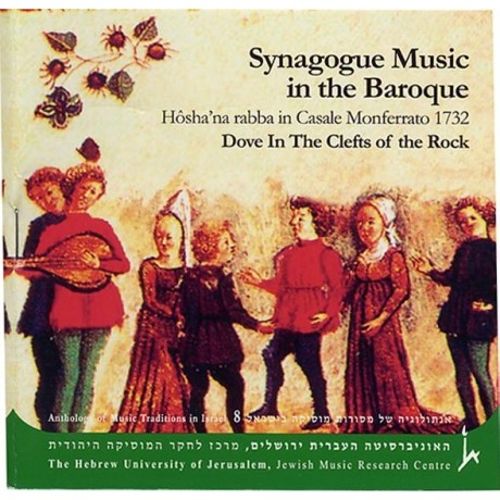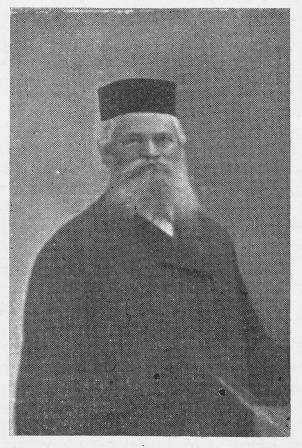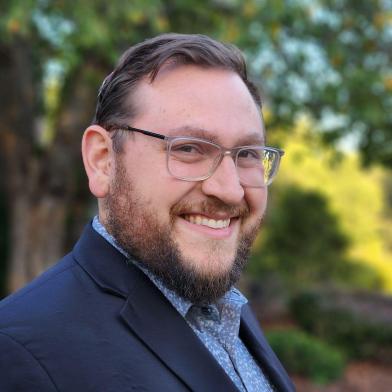Libretto by S.H.Jarach, composers unknown
Symphony Overture in G (1732)
Under the influence of the kabbalistic ideas developed in Safed during the sixteenth century night vigils (tiqqunim) were organized at first in Jewish communities in Italy and other Mediterranean countries and then spreading through practically all of Europe. Such events were held on different occasions of the annual liturgical cycle including the night of Hosha'na Rabbah, a holy day that marks the last opportunity for obtaining divine pardon called in Italy: "yom ha-hotam haggadol" (Day of the Great Seal). In the seventeenth and eighteenth centuries the vigil of Hosha'na Rabbah offered one of the most widespread occasions for the performance of art music work especially in Italy. During the eighteenth century musical manifestations on the occasion of Hosha'na Rabbah attained considerable proportions in the Casale Monferrato Jewish Ashkenazi community in the 1730's. The earliest source so far discovered related to these events is that for the 1732 ceremony. The author of the libretti for 1732 and for 1733 is identified as S.H.Jarach. The names of the composers are unknown. The initiator of the ceremonies was Joseph Hayyim Chezighin who commissioned the libretti and participated in the performances as maestro di capella and cembalo player. Two of the overture-symphonies have been identified in the contemporary Italian repertory: the symphony-overture in G of the 1732 ceremony is attributed in other sources to Hasse Handel or Vivaldi and the symphony-overture in G of the 1733 ceremony has been identified as a work by Antonio Brioschi.






